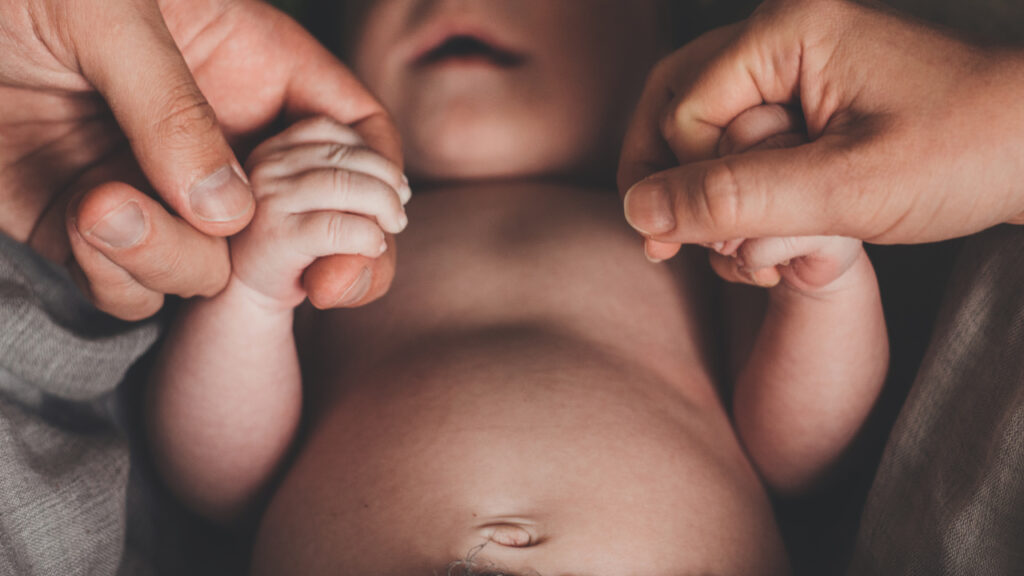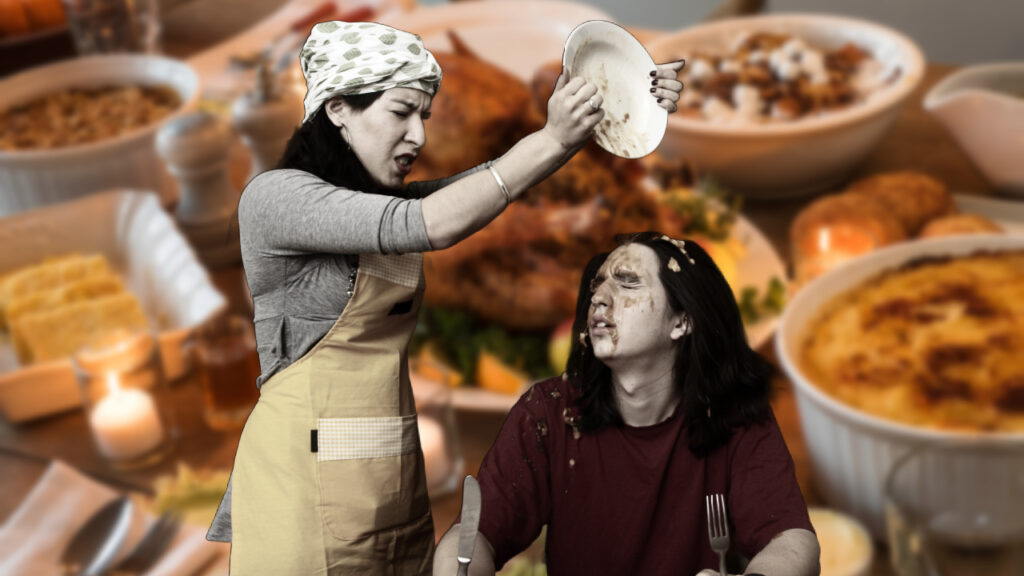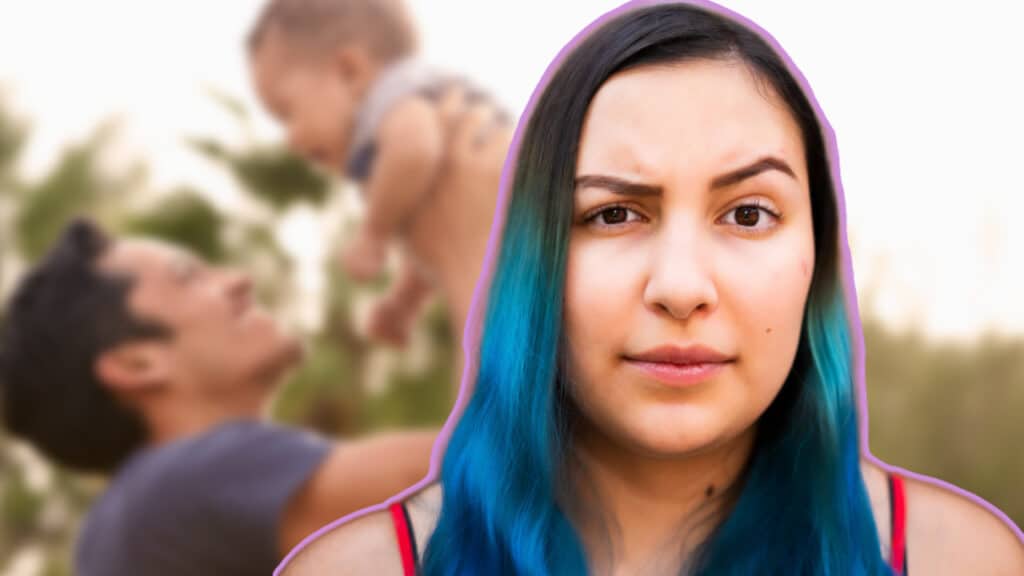This Latina Mom Coined the Term ‘Spanish-First Kids’ and Turned It Into a Movement
It all started with a quiet decision at home: speak Spanish first.
For Lucía Garrett, what began as an intentional act of parenting soon revealed itself as something much bigger. “My son’s first words, first books, and first thoughts were all in Spanish,” she told FIERCE. But once she began to share her experience online, other moms started reaching out. That’s when she realized she wasn’t alone.
“We’re often told that English comes first,” Garrett explained. “But the moment I saw that talking about this inspired other families to do the same, I realized this wasn’t just about my kids. It was about a quiet movement of parents reclaiming something generational.”
Why Lucía Garrett coined the term “Spanish-first kids”
Garrett knew language was power, and naming things can be revolutionary. By coining the term “Spanish-first kids,” she gave structure and visibility to what so many parents were already doing without having a name for it.
“It flips the usual narrative: instead of thinking Spanish is something we sprinkle in, it’s the foundation,” she said. “That little shift changes everything.”
For Garrett, it also opens up a deeper question: who are these kids becoming? Not just bilingual, she believes, but more culturally rooted. More connected.

The anxiety behind raising Spanish-first kids
Of course, the journey isn’t always easy. Garrett knows firsthand how doubt can creep in. “That fear is real. It creeps in during those quiet, difficult moments… like when your child is at the park trying to make friends, and none of the other kids understand them.”
She recalled moments when her child couldn’t even speak to his own father, who only speaks English. Those were the moments when the pressure kicked in. From family, strangers, and from within.
But she zoomed out. She remembered the research. Bilingual kids aren’t behind. They’re just on a different timeline. “Our kids aren’t behind. They’re bilingual kids in progress,” she said.
Spanish-first kids aren’t falling behind. They’re thriving
Garrett now uses her platform to help other moms push through the doubt. And the response has been powerful.
“One mom messaged me saying her child was the only one in her preschool class who didn’t speak English yet, and she used to cry about it. But after finding my content, she decided to stay the course… and a year later, her daughter is thriving in both languages and even correcting her dad’s Spanish!”
The message is clear: courage is contagious. Especially when community and visibility come into play.

Why Spanish-first kids matter for future generations
Garrett isn’t just focused on the now. She has her eyes on the future.
“I want Spanish-first parenting to be something future generations don’t even have to think twice about,” she said. That means raising kids who never feel they have to choose between their culture and their confidence.
It’s not just about language. It’s about legacy.
Census data shows the rise of Spanish-speaking homes
According to the U.S. Census Bureau, nearly 68 million people spoke a language other than English at home in 2019. Of those, Spanish was by far the most common, spoken in 62% of those households. That’s twelve times more than the next four most common languages.
Even more telling: 16% of Spanish speakers were kids between the ages of 5 and 14. Over half were U.S.-born. This isn’t a fringe phenomenon. It’s a growing reality.
As Lucía Garrett continues to amplify the Spanish-first parenting movement, it’s clear: this isn’t just about learning a language. It’s about reclaiming who we are, starting from day one.




